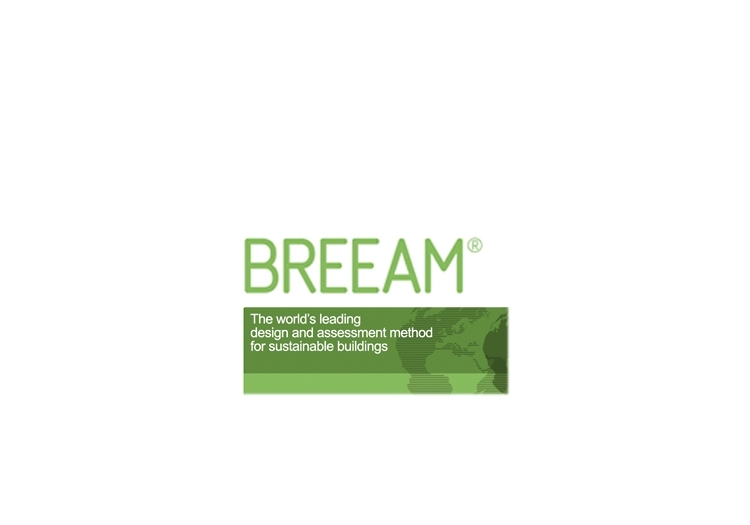
The Value of BREEAM
BREEAM stands for Building Research Environmental Assessment Method. BREEAM was founded in 1990, and it was the world’s first sustainability assessment method for buildings. It is applied in over 70 countries around the world, and it’s easily adapted to a wide range of climates. It offers increased financial returns for investors. BREEAM’s standards are scientifically backed, and it is driving sectors to innovate.
BREEAM was created to bring sustainable value to construction in a cost effective manner. The initial cost may be more expensive, however it can provide significant cost savings in the long term.
Research has shown that developers spend an average of 2% more on projects with better BREEAM ratings. However, they recover this cost in two to five years in water and energy savings. One survey found that 49% of developers said they incurred higher costs as a result of meeting their BREEAM targets, while 41% said they didn’t incur any significant extra costs.
BREEAM is part of The Code for a Sustainable Built Environment. The Code is a strategic international framework for the sustainability of the built environment. The Code consists of strategic principles and requirements which define an integrated design, construction, management, evaluation, and certification of the aspects of the life cycle of the built environment, including the environmental, social, and economic impacts.
The Code is interpreted through two core standards. Both the Core Technical Standard and the Core Process standard are both supported by Core Science.
To meet the BREEAM standards, the following should be maximized:
- Resource efficiency
- Health, safety, comfort, and security
- Social value
- Effective and efficient use of facilities
- Direct and indirect economic benefits

